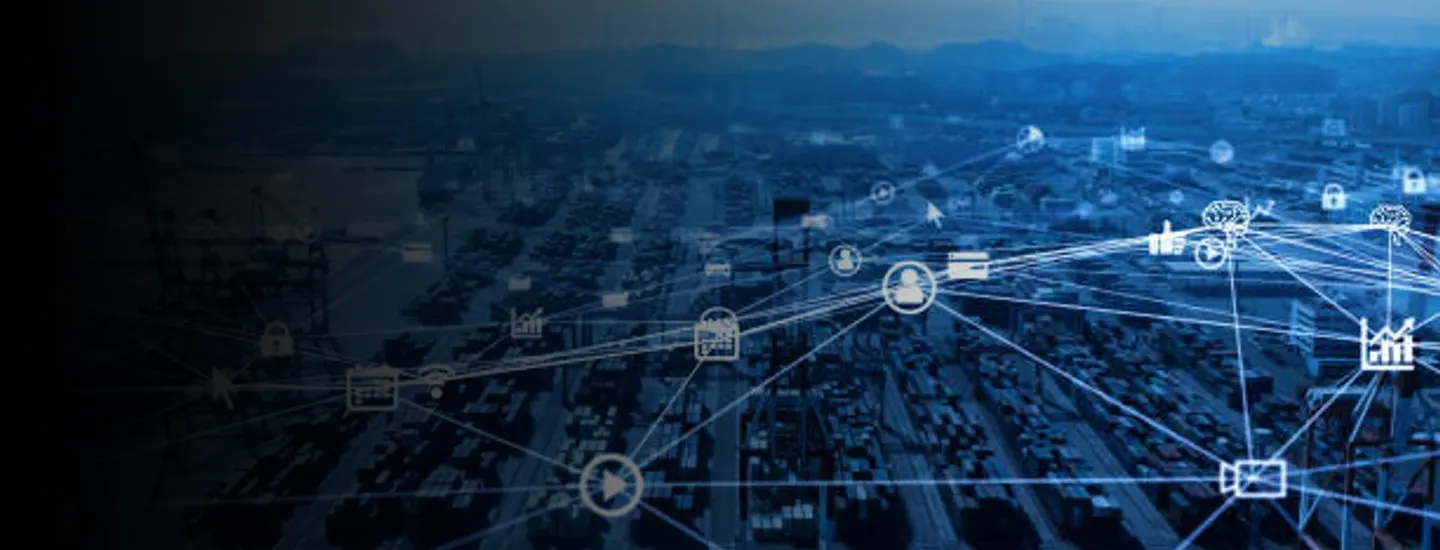Pre-pandemic the global supply chain was characterized by vast, complex networks spread across the globe. Increasingly huge ships transported tens of thousands of tonnes of consumer products and materials from one side of the world to the other. But then… COVID-19 struck.
And boy was it a perfect storm for the global supply chain… as this article in Business Insider outlines in a succinct manner.
As the pandemic gripped Asia, factories closed and production ceased. Shipping companies began to cancel sailings as underutilized vessels become very unprofitable, very quickly. This had a long tail effect of displacing shipping containers. Even when sailings began to resume, resumption of the full shipping value chain wasn’t immediate.
And, if this wasn’t chaotic enough consumers, with little else to spend their money on, starting buying in greater volumes. We’ve seen the impact this has had on the semiconductor market and the challenges now facing the auto industry to make up stock gaps caused by shifts in consumer buying.
This also led to backlogs in ports as shipping recovered, consumer demand escalated and labor became more scarce.
Understandably, this is causing many businesses to reflect on the composition of their supply chain. The endless quest for efficiency ultimately left little flex in the system. Any one of the factors I’ve touched upon could have been catastrophic. When combined they start to look cataclysmic and costly. As a result, costs are being passed on to consumers - which is never popular - and, more significantly, businesses are increasingly looking to increase the resilience in their supply chains.
In the US this has re-energized discussions around China+ strategies and encouraged businesses to look closer to home for suitable partners and locations. Mexico is, once again, looking like an attractive prospect – however, it is not without its challenges as we have covered in our paper ‘Revisiting Mexico: a critical link in the supply chain’.
It will take some time to shake out the current issues pervading the global supply chain. In the meantime, those businesses that explore and rapidly implement greater levels of agility and resilience into their supply chains are likely to be able to pass these benefits on through the value chain and position themselves for a prosperous, and arguably less disrupted, future.
